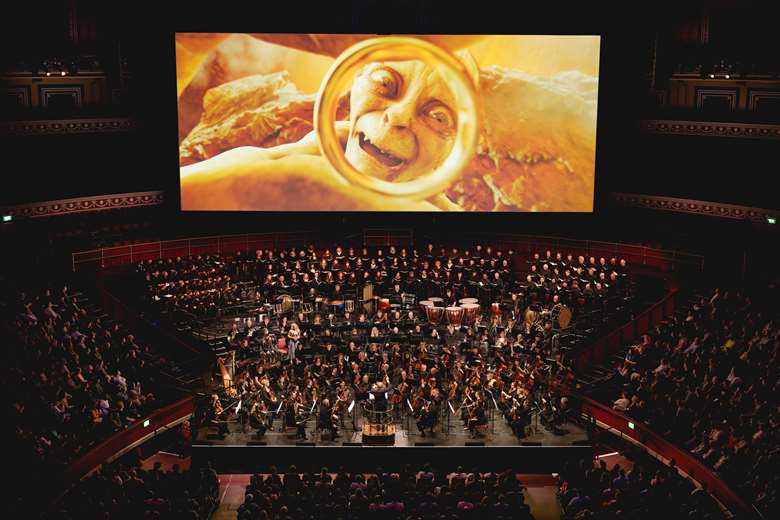Films in concert: May the orchestra be with you
Florence Lockheart
Tuesday, October 29, 2024
Play-along film concerts – known as ‘live to projection’ – have exploded in popularity, but, as Florence Lockheart discovers, such events demand high levels of artistry and musical ability


Register now to continue reading
Don’t miss out on our dedicated coverage of the classical music world. Register today to enjoy the following benefits:
- Unlimited access to news pages
- Free weekly email newsletter
- Free access to two subscriber-only articles per month




